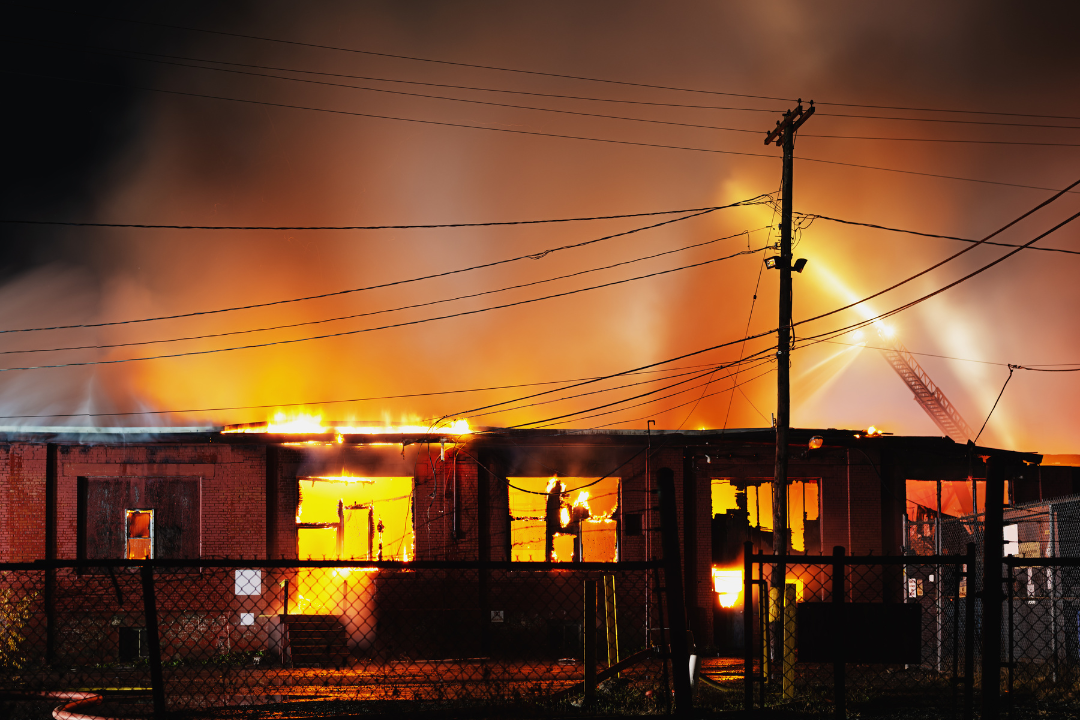 Canva Image
Canva ImageIt is growing increasingly apparent that Pacific Gas & Electric (PG&E), California’s regulated utility, could be responsible for the Camp Fire, California’s deadliest wildfire, this past fall. But, as an Investor Owned Utility (IOU), who is really on the hook for these costs? And, considering the changing climate, who is really responsible for the destruction?
Since PG&E is likely responsible, would their mounting $30 billion in liability come out of company profits? What if that bankrupts the company? More recently, the California Public Utilities Commission has indicated a potential bailout. So, what really is in the customer’s best interest?
Is it time to change our names to PG&E as Arlo Guthrie suggested in regards to Chrysler? As of right now, the verdict is still out, but the convicted felon title likely goes along with the money.
Could this have been prevented? Sure, PG&E may have been negligent in utility pole and power line maintenance, yet it is also widely accepted that the effects of climate change may be at least partially to blame for an increase in natural disasters, AND New Orleans is no stranger to risks associated with a changing climate. We know utilities have resisted shifting their generation from climate change-causing fossil fuels to more distributed renewables for years, so is there some responsibility there too?

As a New Orleanian, natural disasters resonate with me, as do poor decisions and negligence by our utilities. We pay some of the highest electricity bills and face significant power outages that threaten public safety. Although California’s wildfires may be thousands of miles away from swampy Louisiana, this potential $30 billion bailout could set quite a bit of precedent for utilities across the country, and I’m not too keen being on the hook for someone else’s negligence.
Could this be a time where California looks towards Louisiana for guidance on how to rebuild? Following devastating hurricanes in 2005, Louisiana created a quasi-government agency, Louisiana Utility Restoration Corp. (LURC) to help Entergy rebuild. Could this be used a blueprint for the California Public Service Commission and PG&E, or is this a time where Louisiana and the rest of the country look toward California to see if regulators really will bailout a convicted felon, with ratepayer money?